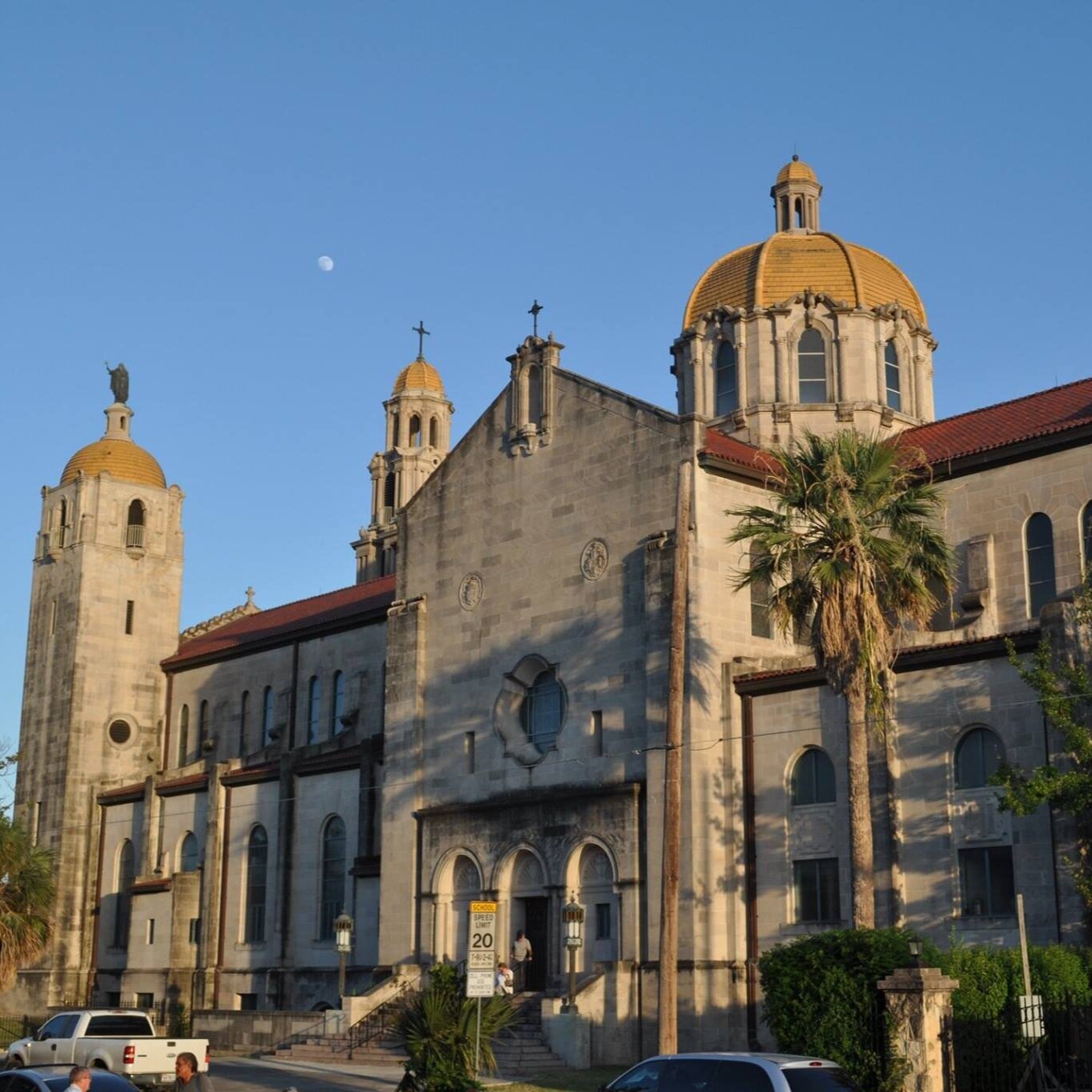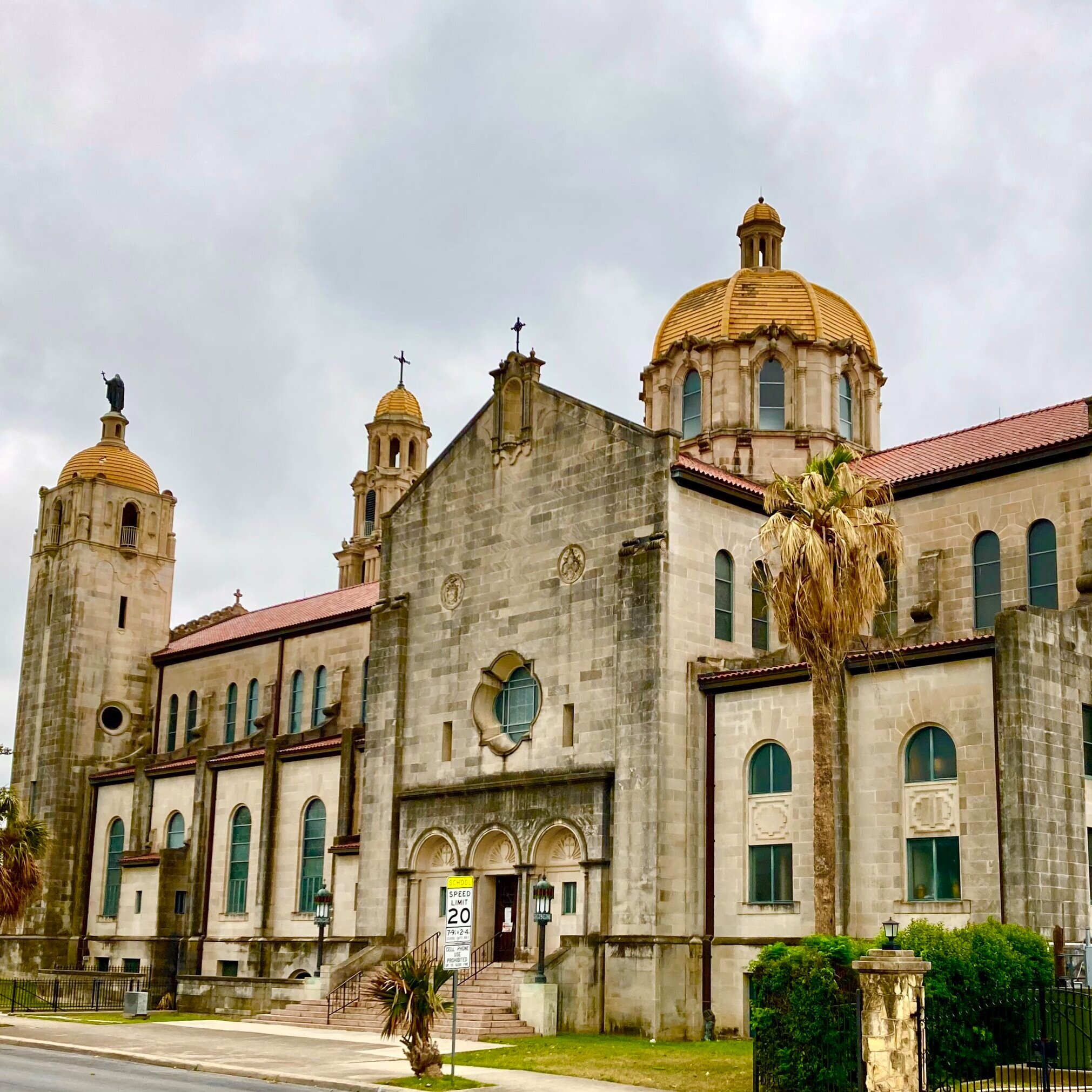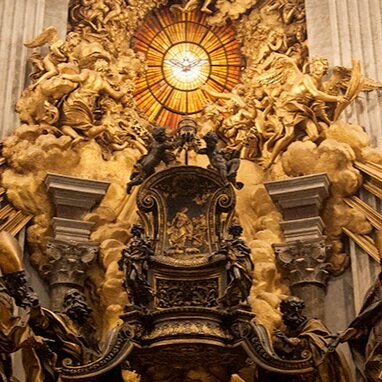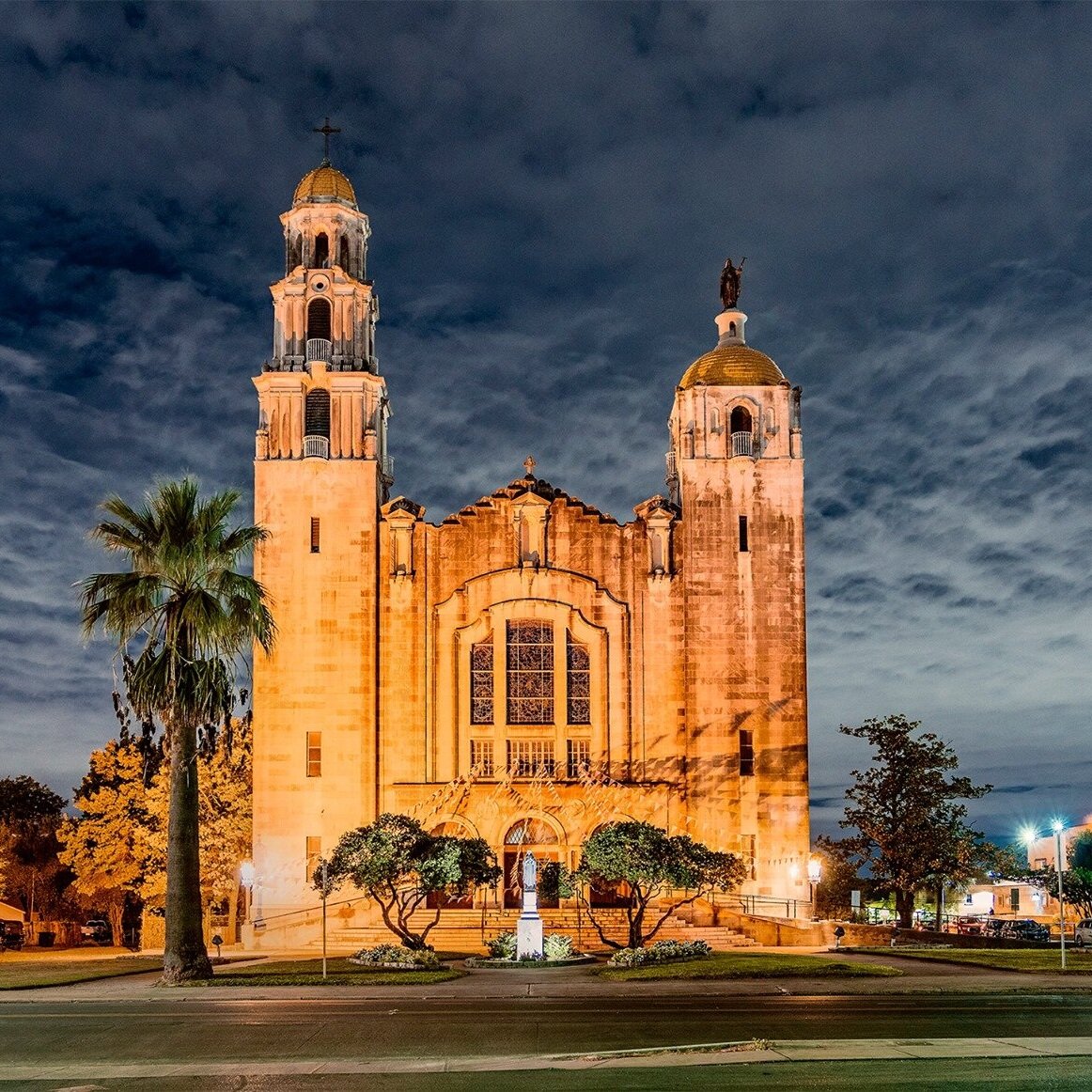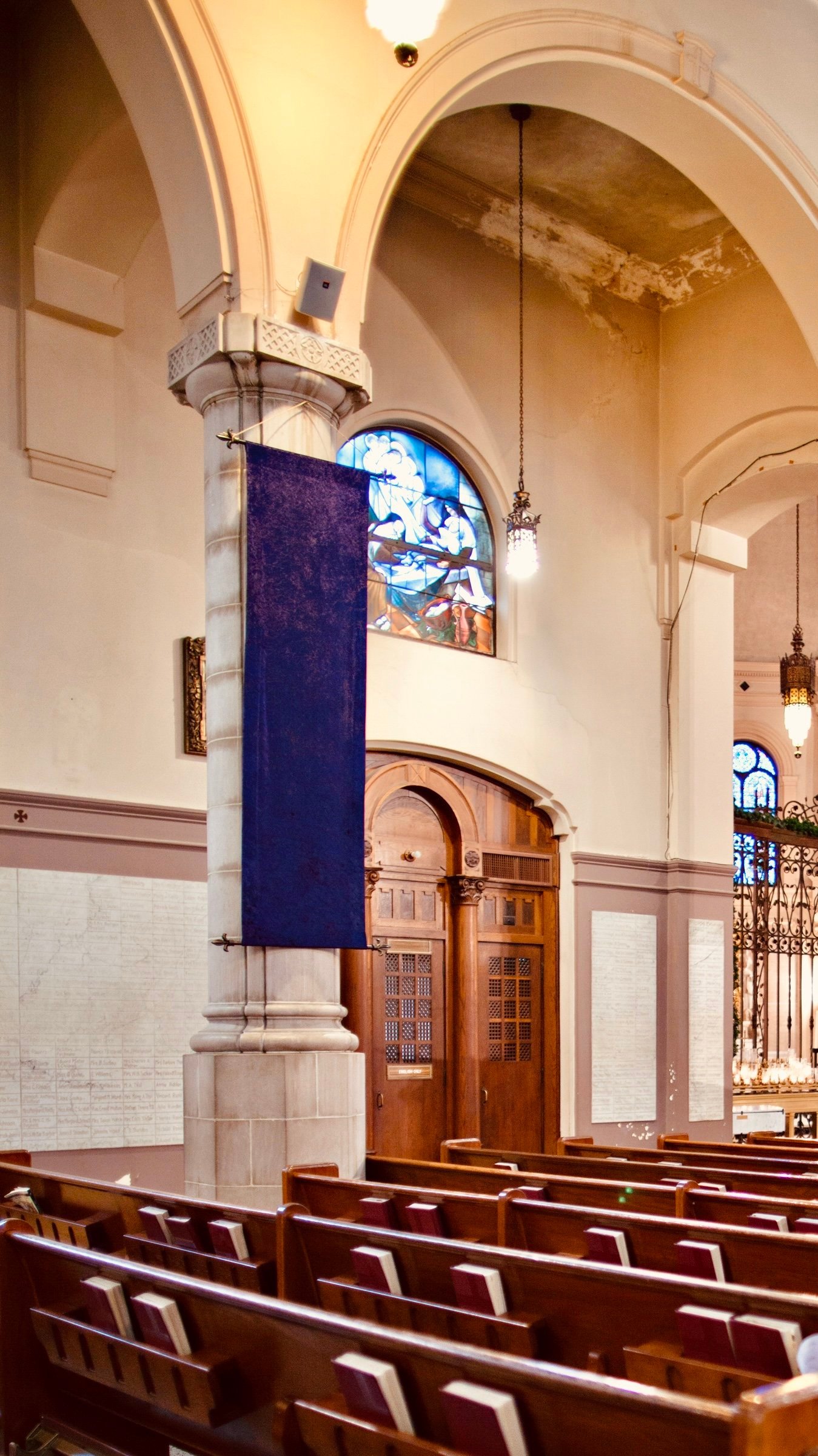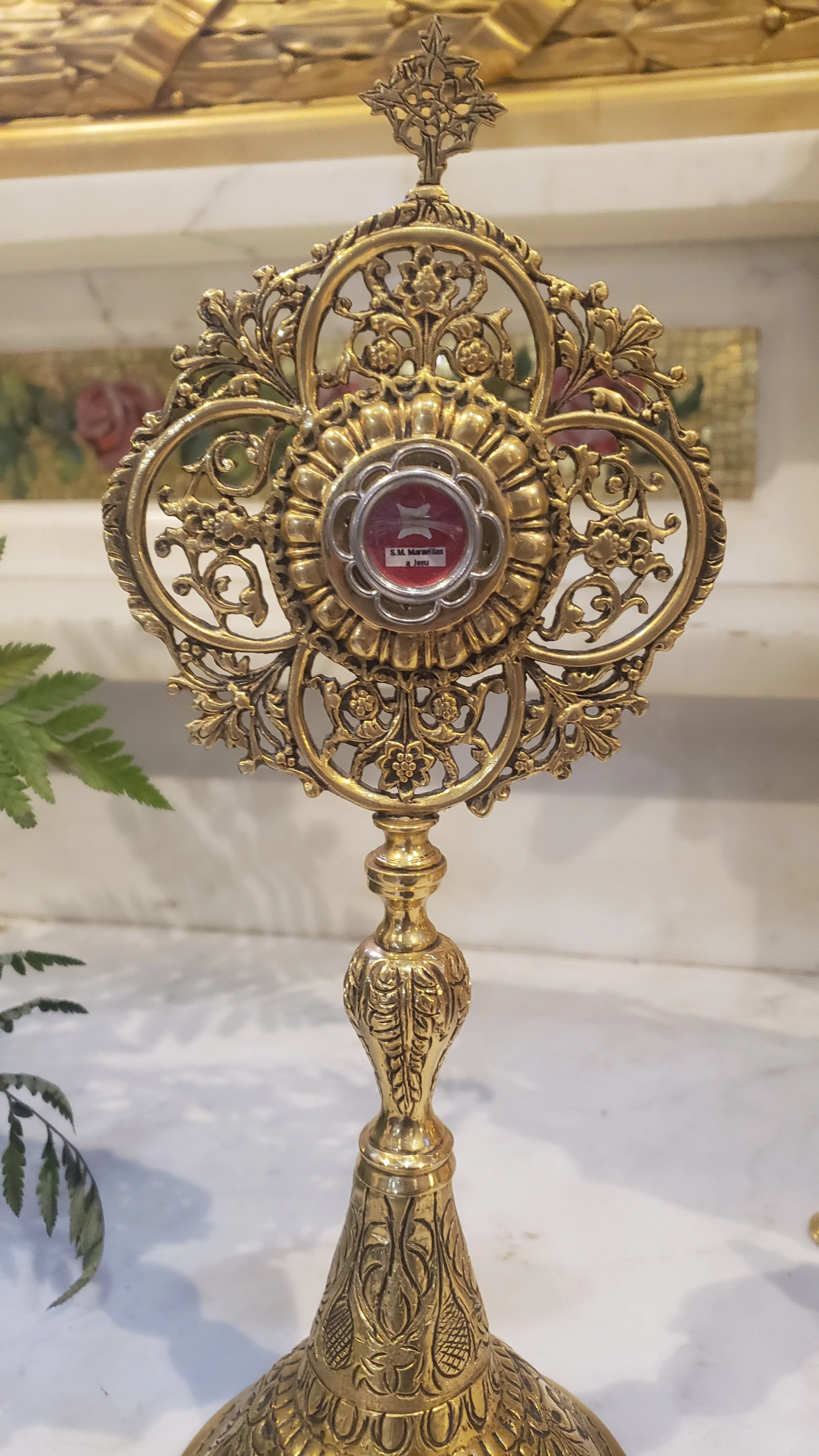Pilgrim Resources
"All Christians are invited to become part of the great pilgrimage that Christ, the Church and mankind have made and must continue to make in history. The shrine which is the goal of that pilgrimage is to become ‘the Tent of Meeting’, as the Bible calls the tabernacle of the covenant.”

Traveling Relics of
St. Thérèse of Lisieux
Basilica Open for Veneration of the St. Thérèse Relics
October 31 to November 4
at Little Flower Basilica
San Antonio, TX
Indulgences:
The doctrine and practice of indulgences in the Church are closely linked to the effects of the sacrament of Penance (Catechism of the Catholic Church, 1471).
An indulgence is a remission before God of the temporal punishment due to sins whose guilt has already been forgiven, which the faithful Christian who is duly disposed gains under certain prescribed conditions through the action of the Church which, as the minister of redemption, dispenses and applies with authority the treasury of the satisfactions of Christ and the saints (Paul VI, Indulgentiarum doctrina, Norm 1).
Little Flower Basilica, from its status as a Minor Basilica, offers the faithful opportunities to receive a plenary indulgence under certain conditions:
-
During the Ordinary Jubilee of 2025, those who are moved by a spirit of charity and who, during the Holy Year, purified through the sacrament of penance and refreshed by Holy Communion, pray for the intentions of the Supreme Pontiff, will be able to obtain from the treasury of the Church a plenary indulgence, with remission and forgiveness of all their sins, which can be applied in suffrage to the souls in Purgatory in the following ways:
The faithful, pilgrims of hope, will be able to obtain the Jubilee Indulgence granted by the Holy Father if they undertake a pious pilgrimage by visiting a church or sacred place designated by the local Ordinary, one of which is our very own Little Flower Basilica, and by devoutly participate in Holy Mass or a ritual Mass for the Anointing of the Sick, or any of the following: a celebration of the Word of God, the Via Crucis; the Marian Rosary, or a penitential celebration, which ends with the individual confessions of the penitents.
Likewise, the faithful can obtain the Jubilee Indulgence if, individually or in a group, they devoutly visit any Jubilee site and there, for a suitable period of time, engage in Eucharistic adoration and meditation, concluding with the Our Father, the Profession of Faith in any legitimate form, and invocations to Mary, the Mother of God, so that in this Holy Year everyone "will come to know the closeness of Mary, the most affectionate of mothers, who never abandons her children" (Spes non confundit, 24).
Click here to see our Mass times.
-
Plenary or Partial indulgences may be gained by the faithful for visiting sacred places, such as Little Flower Basilica, once a year, on a day chosen by the Christian faithful, or whenever they participate in a group pilgrimage and by devoutly offering prayers during the visit, under the conditions that that they also make sacramental confession, receive Eucharistic Communion, and pray for the intentions of the Supreme Pontiff (Pope Francis).
-
Red-Letter Days are celebrated at major and minor Basilicas, one of which is our very own Little Flower Basilica.
The faithful who devoutly attend Mass at Little Flower Basilica on one of these days may obtain a plenary indulgence under the conditions that they also make sacramental confession, receive Eucharistic Communion during the Mass, and pray for the intentions of the Supreme Pontiff (Pope Francis).
Jubilee Events
Red-Letter Days
Basilica Heritage Tours:
The Basilica’s tour program offers an opportunity to learn about the history of Little Flower Basilica and the lives of our Discalced Carmelite saints. Also included is the special opportunity to venerate the first class relics of the Discalced Carmelite saints housed within Little Flower Basilica.
Registration for Heritage Tours is not required, but encouraged. Presented in partnership with the OCDS of San Antonio.
Basilica Programs are offered free of charge, however, we gratefully accept donations.
To request a private tour, click here.
Grow Spiritually With Us:
Treasures of the Basilica: Relics of the Discalced Carmelite Saints
What is a relic? A relic is the body, a part of the body, or some personal memorial of a saint preserved as worthy of veneration. A reliquary is a container for relics.
First-Class Relic: physical remains of a saint (e.g. bone, hair).
Second-Class Relic: personal effects of a saint, something they owned or frequently used (e.g. clothing, book, rosary).
Third-Class Relic: object that has touched a first-class relic.
On occasions such as the Feasts of All Carmelite Saints and All Caremelite Souls, many of the relics housed at the Basilica are displayed for the veneration of visitors.




